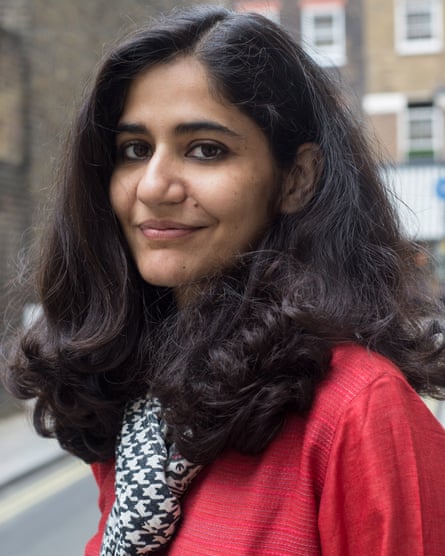Taran Khan starts her journeys to Kabul with defiant optimism. She travels from India in 2006, five years after the apparent overthrow of the Taliban, to join a city filling up with aid workers and international consultants. One of the first things she is told when she arrives to take up work training Afghan journalists is never to walk in the city, advice that she promptly ignores. Shadow City is an account of a series of long visits to Kabul over eight years, charting the city’s changes as it takes hopeful steps towards recovering from conflict, before sinking back into turbulence.
While the employees of big aid agencies are ferried around in armoured cars, observing everything from behind the tinted glass of their SUVs, Khan is out on the streets, stepping through the mud, dipping into markets, listening to birds on the bare branches of trees “singing songs of the approaching dusk”.
This book is a refreshing counterpoint to the macho foreign correspondent genre, typically more preoccupied with al-Qaida’s generals, the progress and setbacks of the US military campaign and the flourishing opium trade. Khan prefers to be on the ground, wandering into graveyards, bookshops and cinemas. There are challenges, but some of these she has already navigated growing up in the northern Indian city of Aligarh: walking on the streets there as a young woman came with intense male scrutiny, which, she writes, has heightened her awareness of no-go areas and intensified her appreciation of walking as a luxury. It is interesting to read her perspectives on Afghanistan, filtered through the lens of her conservative Indian upbringing.
To begin with she follows a 1960s English language guidebook, Nancy Hatch Dupree’s An Historical Guide to Kabul, but the suggested routes have become more perilous; on one expedition she notes that street children have recently been killed in a suicide bombing on the recommended path. On another excursion to visit a hillside settlement, a colleague shows her how to navigate a road that has been cleared of mines, instructing her to walk on the white stones. She picks her way through, repeating in her head anxiously: “Red stones mean danger, white stones mean safety.” But she is embarrassed by her own apprehension, noting that this is a route taken by dozens of families every day.
Kabul in 2006 is a rapidly expanding city, in the throes of transformation. Its population has almost doubled in the preceding five years to around 3 million, some former residents have returned from exile and new arrivals are drawn by the promise of peace and economic opportunities. Khan witnesses entire neighbourhoods being rebuilt from the flattened landscape of the civil war, observing a building boom fuelled by the influx of international aid money and a parallel proliferation of “poppy palaces”, ostentatious mansions built from opium profits.

She returns periodically to train Afghan journalists, or to embark on journalistic commissions of her own, and with each return the city has changed again. In 2009, after eight years of war, the Taliban has regained ground and in response the US has announced a troop surge. The city’s streets become increasingly difficult to walk through once 25 Afghan National Police checkpoints are installed as a ring of steel around the centre. Sometimes roads are not where she expects to find them, destroyed by suicide bombs, blocked off by concrete walls. These walls “rearranged Kabul’s geography into a cruel hierarchy of vulnerability. If there was a blast in their vicinity they protected the powerful within their perimeter while turning the impact towards those on the outside.”
By the end of Shadow City, she is finding it hard to maintain her defiant determination to make her way around the city on foot. Her visits end in 2014, shortly after the Nato-led operation Isaf pulls out. In 2013, nearly 3,000 civilians were killed in Afghanistan and more than 5,000 injured, including large numbers of women and children. There is a spike in suicide bombs in the city. Many of her Kabul friends have fled to live on the city’s outskirts; the aid workers who remain live in fortified compounds, sealed off with multiple checkpoints, guarded by sentries in watchtowers.
Some of Khan’s interviews during her walks powerfully evoke the fluctuating mood in a city that is trying to heal itself. Her interviewees reveal life continuing in the face of instability; she attends friends’ weddings and talks to students about falling in love. During her meeting with Saleem Shaheen, the country’s (self-proclaimed) most popular actor, director and producer, who continued to make films throughout the civil war, and later in exile during Taliban control, she asks: why does he keep at it? “Because it keeps you busy and then you have no time for things like drugs or intoxication,” he replies. Other interviews reveal deeply felt wounds. A conversation with a doctor in a drug rehabilitation centre highlights rising addiction levels, as traumatised residents turn to drugs as a form of self-medication. One al‑Qaida commander tells the doctor he keeps taking opium because it helps to quell the fear and makes the aeroplanes seem like butterflies.
